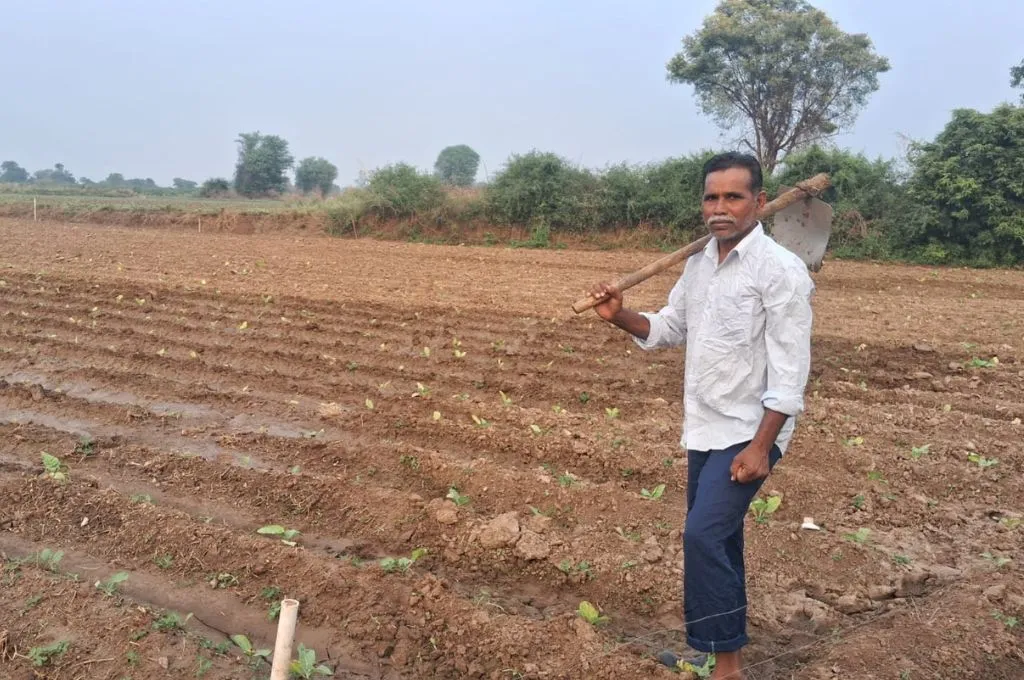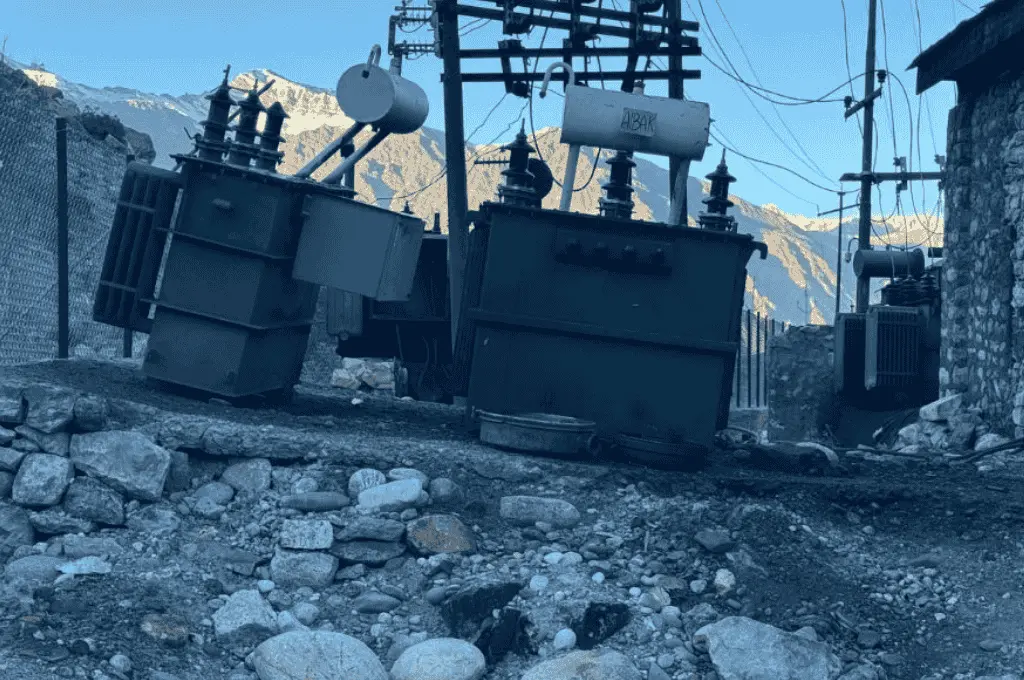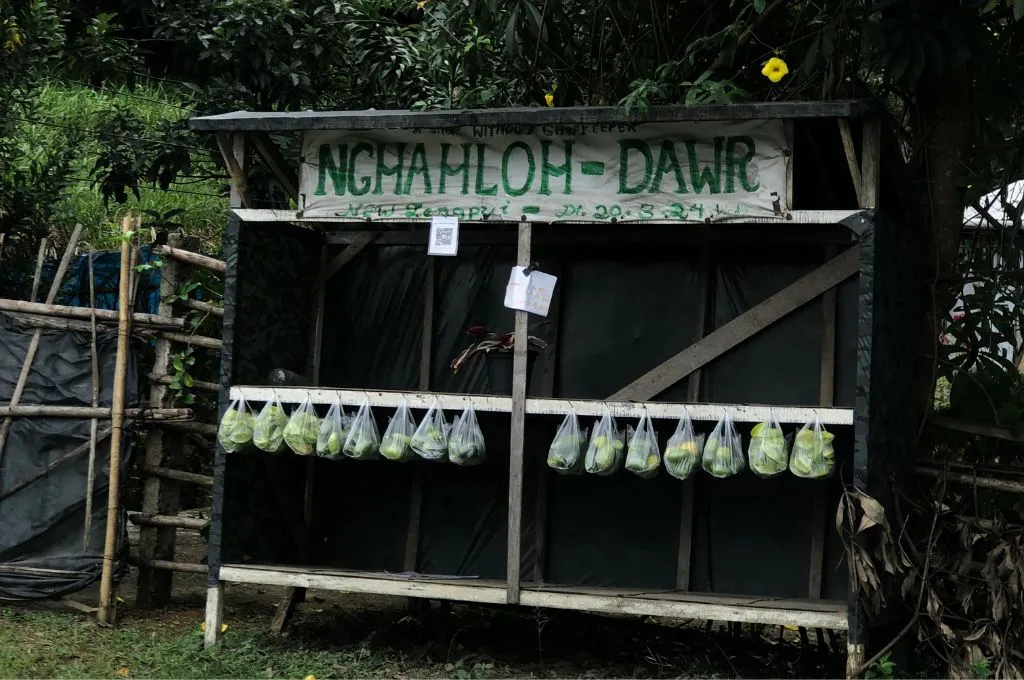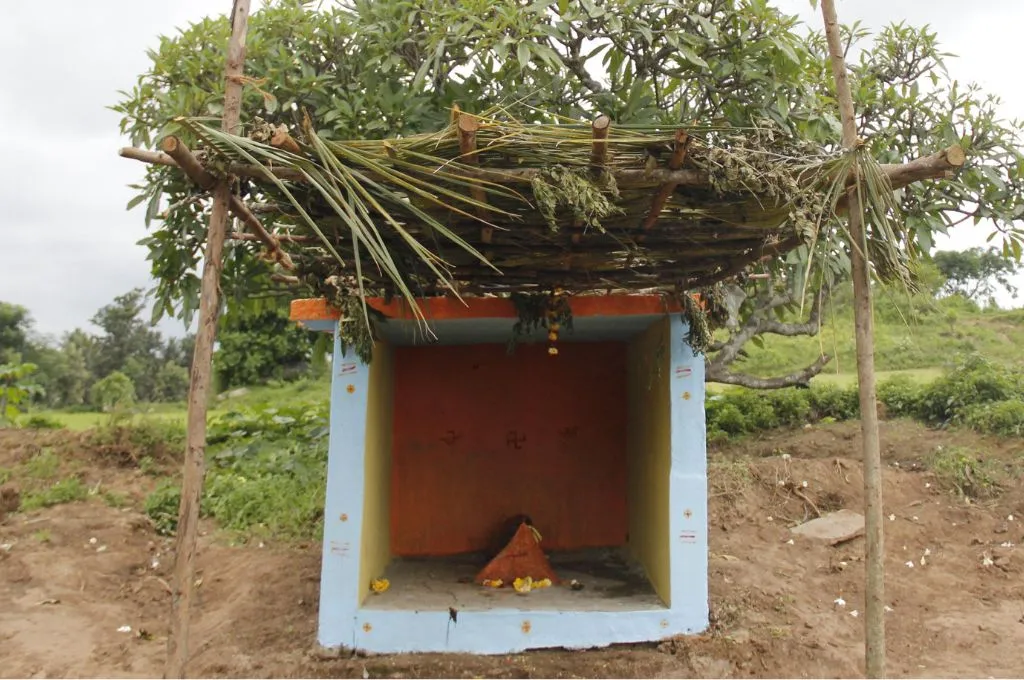READ THIS ARTICLE IN
An island without water: Why Ennore Creek villagers rely on RO water
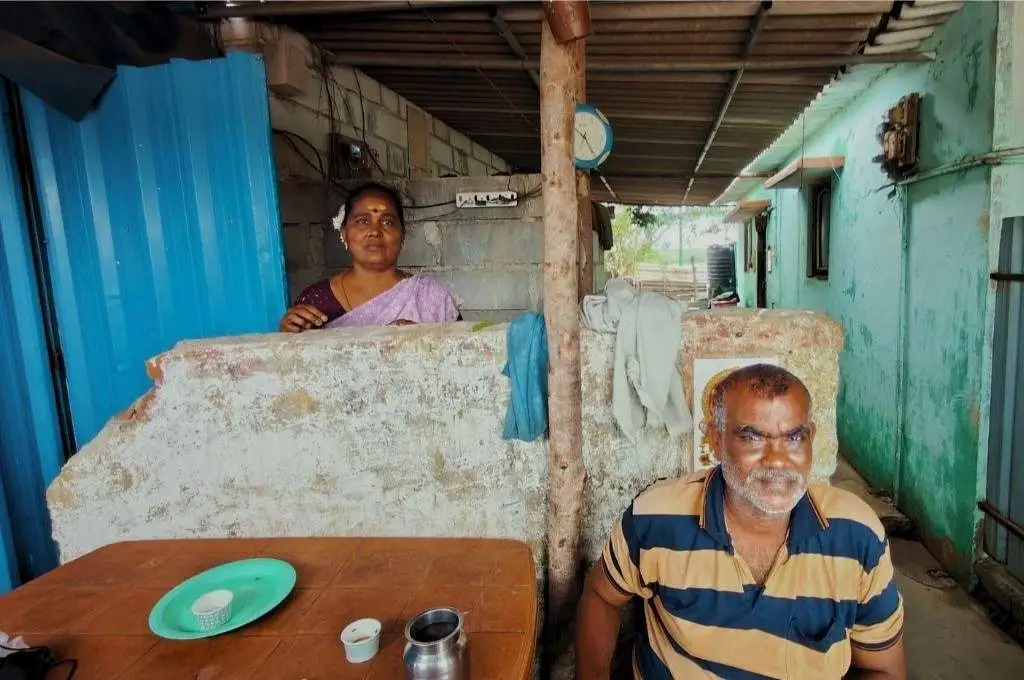
We live in Sepakkam village, near Ennore Creek in Tamil Nadu’s Tiruvallur district. Our village is located at the edge of an ash pond created by the North Chennai Thermal Power Station (NCTPS). My wife and I run a tea shop in the village. We were previously farmers, cultivating paddy, green gram, and groundnuts before the power plant, established 30 years ago, took over our fields. We not only lost our traditional livelihood but have also suffered countless hardships since then. Access to clean water is one of them.
The ash pond has polluted the local groundwater and made it metallic and saline, so that water from borewells cannot be used for bathing or drinking. We don’t feel refreshed after bathing with this water. Rice cooked with it spoils in two hours, while curries are tasteless. In the summer, the water turns even sourer. We have long since stopped using groundwater.
The ash pond also blocks the natural flow of rainwater run-off, as a result of which our houses often get flooded during the monsoons, with water rising to hip level.
Earlier, when we practised agriculture, we could dig 4–5 ft and strike good-quality water. But ever since the ash pond was dug, we have had to rely on other water sources. For a time, we received good water from the municipal supply, but that’s no longer the case. The piped water that comes from Neidavoyal, which is 10–12 km away, is also of poor quality.
We have a community reverse osmosis (RO) water treatment plant in the village, sponsored by L&T as part of a CSR project, and we buy water from there. But it costs us INR 5 to fill a 20-litre can. A family of four has to purchase five to six cans per day, which requires us to spend INR 100–120 daily. But that’s too costly for us, since I earn no more than INR 150–200 per day selling tea on a route that doesn’t see much traffic. We therefore only use RO water for cooking and drinking. For our other needs, such as bathing, we mix it with piped municipal water. This helps a little but doesn’t entirely solve our problem.
And it becomes an additional challenge if the RO system breaks down. For major repairs—such as a motor malfunction—which require a lot of money, we often have to rely on the Kattupalli panchayat head. If he is unhappy with us for talking to the media about our difficulties, he doesn’t give us the money easily. Until the plant is repaired, some of us must travel 3–4 km to K Reddy Palayam village to fetch water. But there is no public transport, so we rely on relatives who own vehicles or hitch a ride with passing travellers. Sepakkam is at a dead end in this area, and buses do not come here.
Problems like these have driven people away from the village. There were once approximately 170 houses here; now only 60–70 families remain.
Ravi and Shanti are residents of Sepakkam village near Chennai, where they run a tea stall together.
—
Know more: Read this article to know why springs are running dry in the Kumaon region of Uttarakhand.
